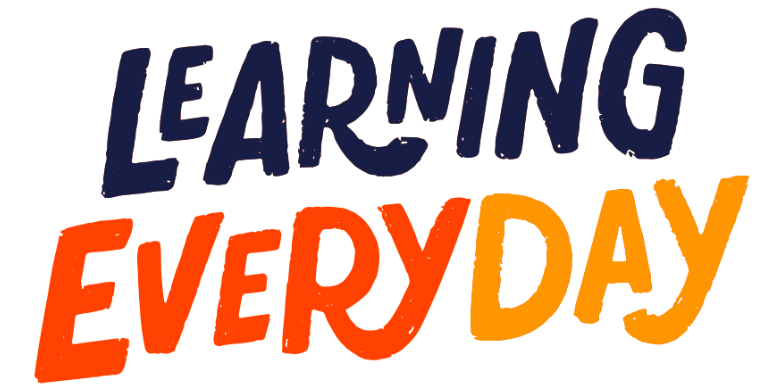The first 365 days of a child’s life are an amazing period of growth and learning. Child development encompasses the changes or evolutions that a child experiences from birth to adolescence. Understanding this development is crucial for parents and educators to prepare to guide and encourage learning, thus establishing a solid foundation in physical areas.
Developmental change is an inherent reality of human existence. There are universally accepted assumptions or principles about human development, recognizing that each child is unique in their physical, cognitive, social and emotional growth patterns. Additionally, they vary in the way they interact and respond to their environment, as well as the impact of play and other factors. Somo children may always seem happy and energetic, while others may not show the same liking in physical development.

Physical development involves changes in size, weight and motor skills, as well as personality. Some children are more active, while others tend to be quieter. Management of these behaviors may vary, as some children are easier to manage than others.
As for physical development, this encompasses changes in the body, including changes in bones, size, weight, gross motor skills, vision and hearing development. Gross motor skills refer to movements that involve the use of large muscle groups and the coordination of large movements, such as walking, running, jumping, crawling, and climbing. An appropriate development of these skills is essential for the growth and autonomy of young children.




